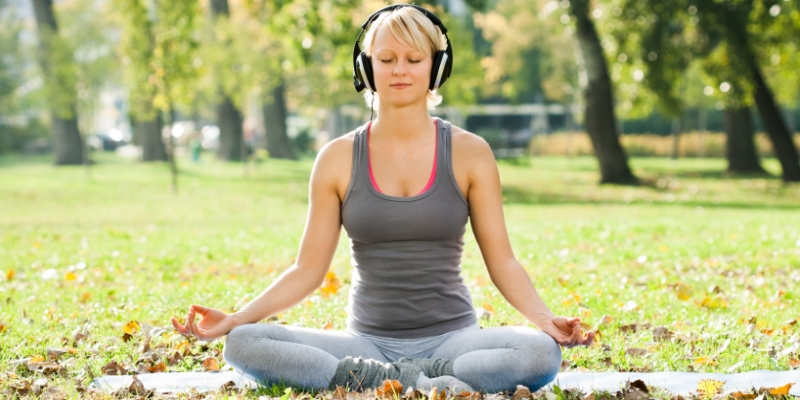It's not difficult to make a case that music has healing properties. After all, who is not uplifted or soothed or put to sleep when listening to jazz or classical music?
As a tool to enhance mental health, music has had a long history. Science is only now catching up to what the ancients knew: Plato thought that anxiety can be alleviated by music, as did Aristotle, who considered music as a therapeutic tool to help those with volatile emotions. Today, music therapy has been shown to improve the symptoms and social functioning of those suffering from schizophrenia. As a therapy all its own, music has also been shown to reduce anxiety, depression and chronic pain.
Music therapy for improved physical health is a new area of scientific study. The idea that song,sound frequencies and rhythm affect physical health is a promising field. But anyone who has stood too close to loudspeakers blaring metal music would attest, the thumping sounds are not only heard, but felt. Even if the listener were to cover their ears, the vibrations connect with physiological processes.It's not surprising to walk away from these loudspeakers with faster heartbeat and a shot of adrenaline.
In a way, music therapy for physical well-being is not entirely new. The Indian"ragas" are thought to activate the different "chakras" or centers of subtle energy. The didgeridoo of Australia's Aborigines produces low frequencies that were, and still are, used in alleviating joint, muscular and skeletal pain. There's a reason why babies of today and long ago sleep to lullabies: Soft melodies slow down a baby's heart rate and also lowers a parent's stress.
Daniel Levitin,author of "This is Your Brain on Music," even suggests that listening to and playing music not only decreases the production of stress hormone cortisol, but also increases the body's natural killer cells, boosting the body's immune system in the process. Growing scientific evidence also points to music as pain-reliever. Lisa Hartling of University of Alberta says that one simple intervention to help children deal with pain during medical procedures is to play them music.
Like any sound,music is, at its core, vibration. While the field is relatively new,vibroacoustic therapy tests the use of low frequency sound to find out if it can be absorbed through the body. The goal is to find out which frequencies and combinations of frequencies would be most effective to treat specific ailments.
References
http://www.health.harvard.edu/staying-healthy/music-and-health
https://www.psychologytoday.com/blog/brick-brick/201402/does-music-have-healing-powers
https://www.psychologytoday.com/blog/brick-brick/201402/does-music-have-healing-powers


Live Music Tutor E-News!
Stay informed of what's happening in the world of music education by subscribing to the Live Music Tutor e-newsletter.